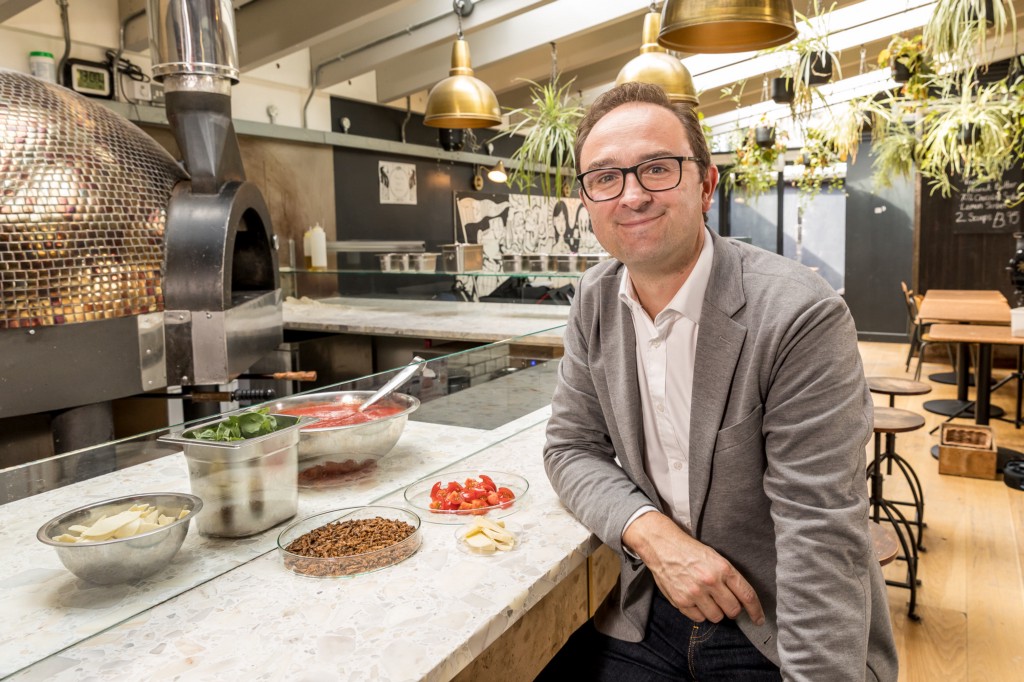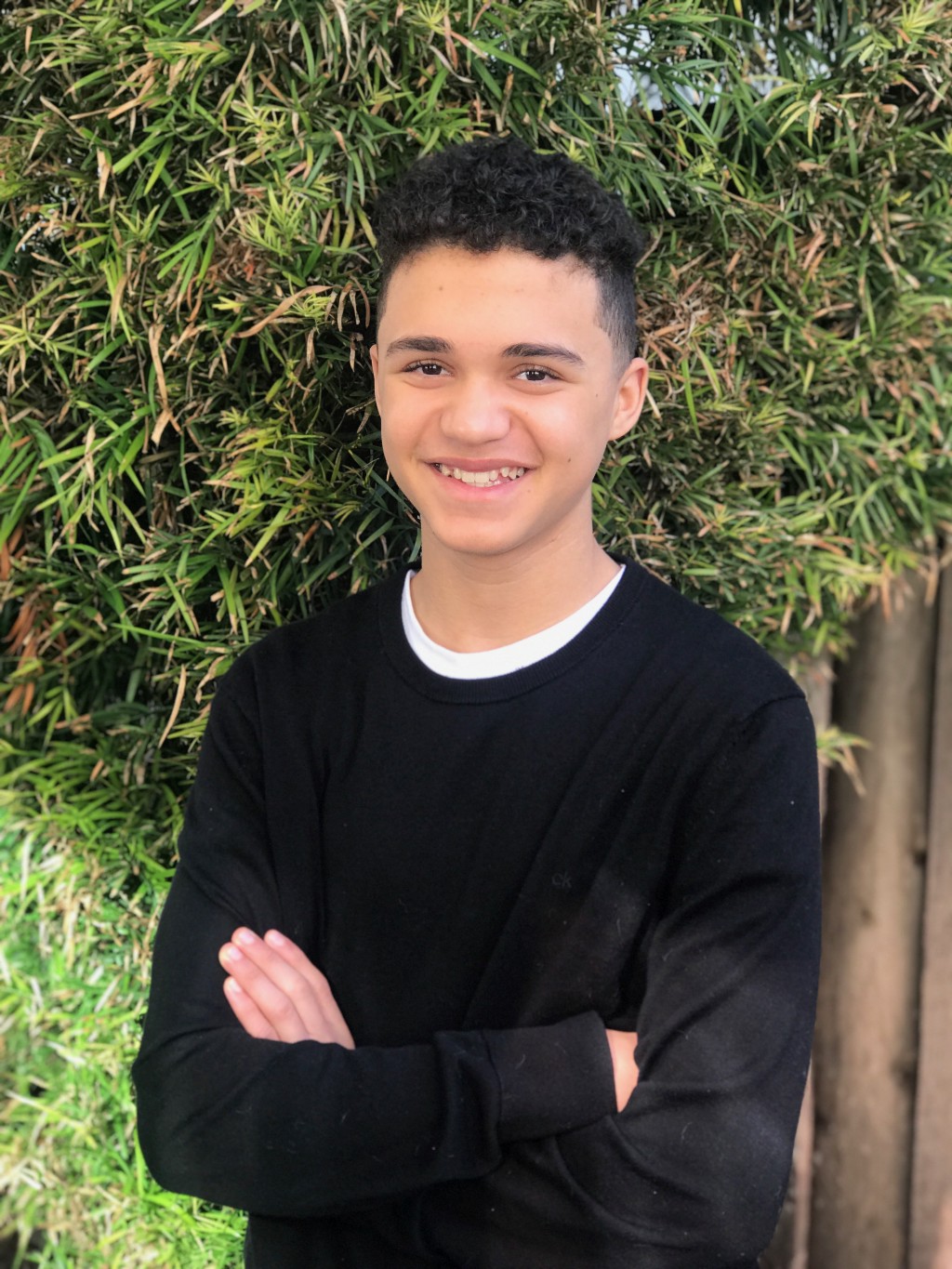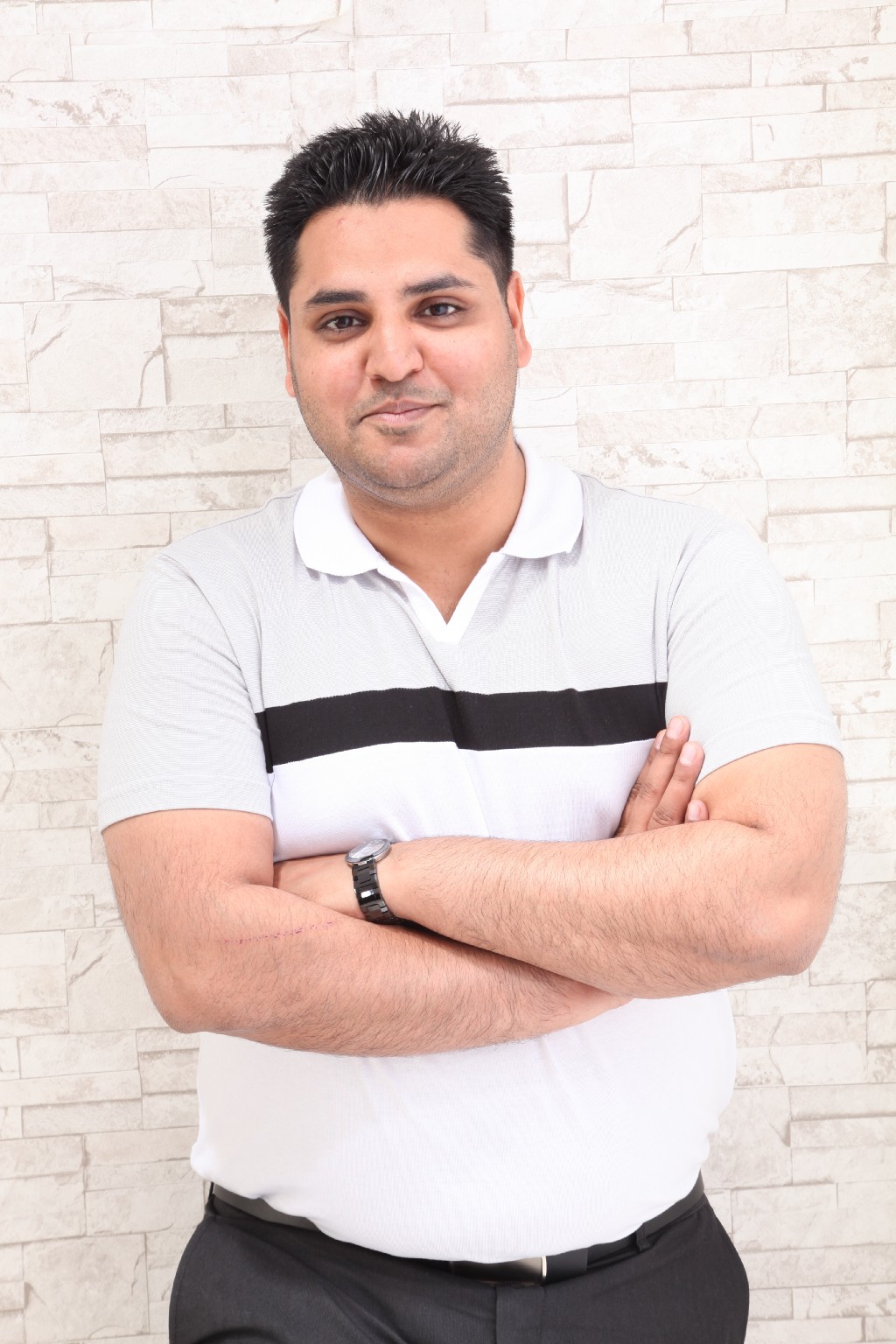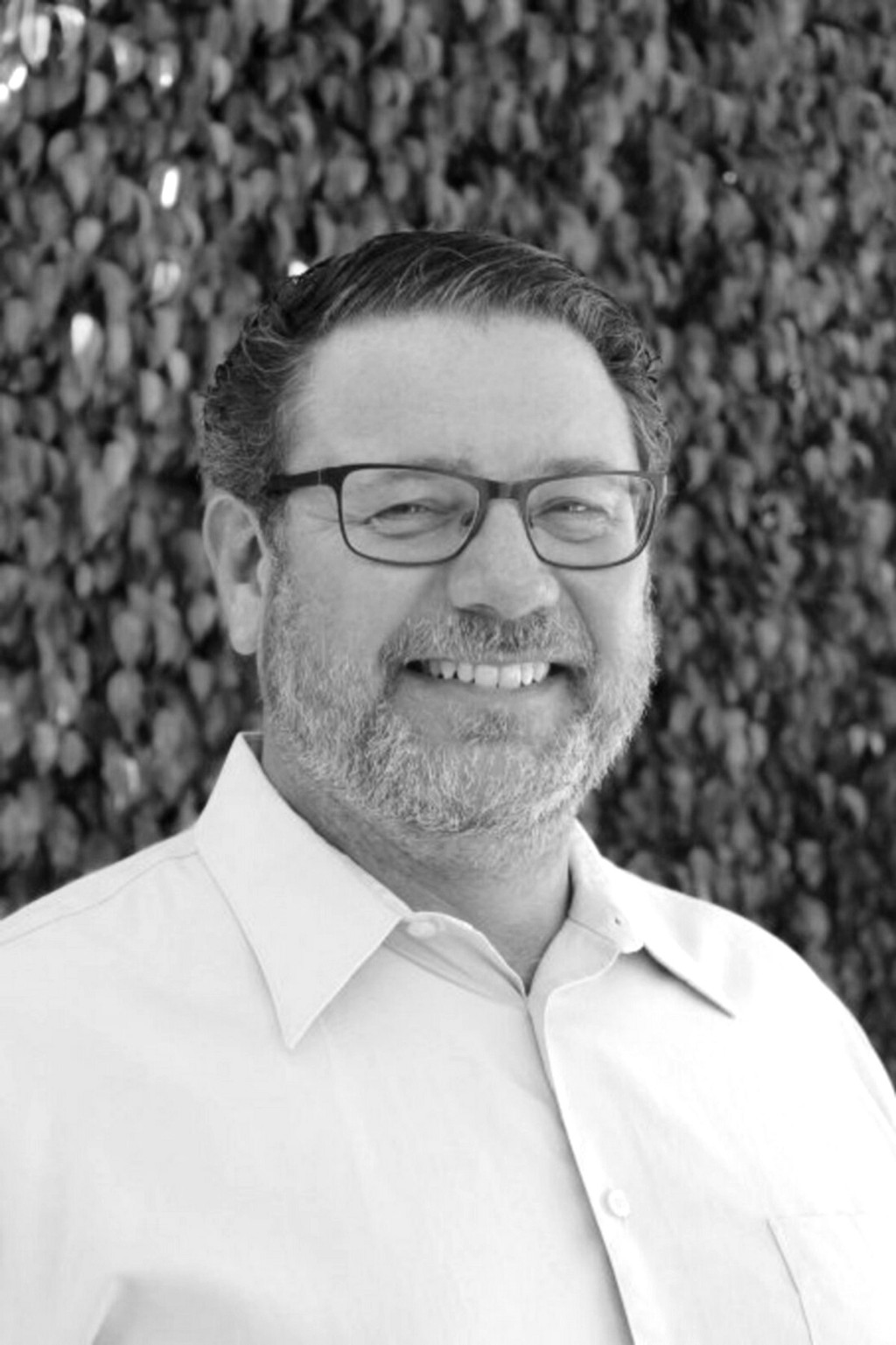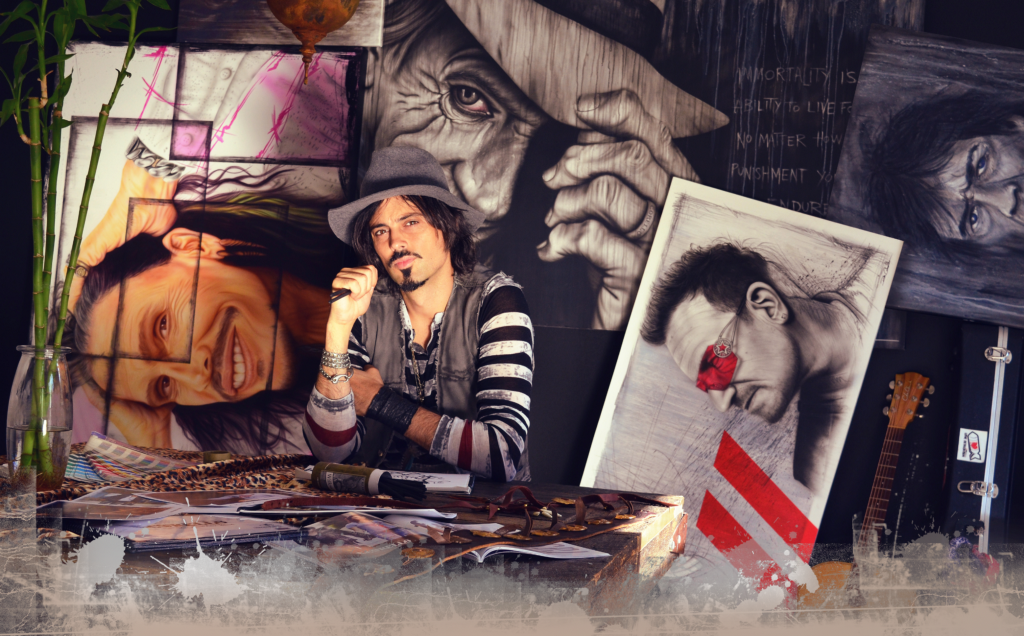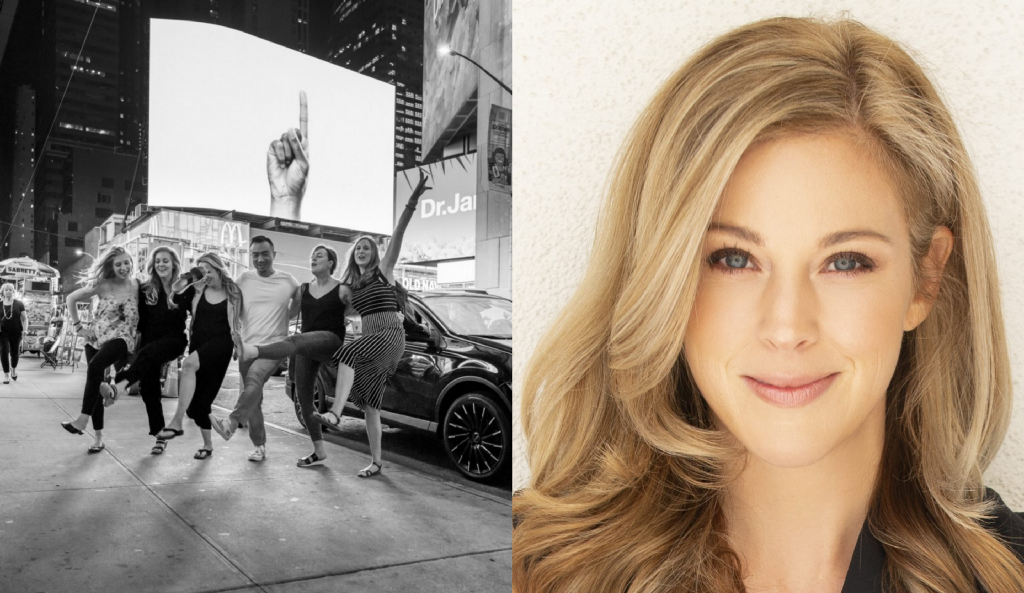Mixed reality opens up the potential for a huge amount more data capture, about our environment, our experiences, and our emotional responses. I don’t think we will want to share this data directly with retailers, but we might share it with our own digital personal assistant. Once this AI knows enough about us, it can take decisions about purchases on our behalf, whether that’s changing our breakfast cereal for one that is cheaper or more appropriate to our tastes or nutritional needs, or buying us a new pair of jeans because it sees the old ones are wearing out.
As part of our series about the future of retail, I had the pleasure of interviewing Tom Cheesewright.
Tom Cheesewright is an Applied Futurist, working with people and organizations around the world to see the future first and build solutions to the trends and pressures they identify. His clients range from government departments and charities to global 500 corporations. Tom’s first book, High Frequency Change, explained our shared sense that the world moves faster, and offered tips for dealing with the waves of change we all face. His second book, Future-proof Your Business, is out now. Visit https://tomcheesewright.com/
Thank you so much for joining us! Can you tell us a story about what brought you to this specific career path?
You could argue it at started when I was three years old at a book fair, when my mum agreed to buy me the Usborne Book of the Future, a guide to life in the year 2000 and beyond. This was at the start of the 1980s so this seemed like the distant future then. The book was amazing, packed with pictures and predictions. It still lives on my desk now as a source of inspiration.
After graduating I spent five years working in marketing for technology companies before striking out on my own, initially as a consultant and then founding an agency, followed by a software start-up (and a number of other little ventures along the way).
In 2012, I left my last business and decided to turn my blog about the future, that I’d been writing since 2006, into a business. I launched a website to announce what I was doing and to my great surprise and delight, in the first six weeks I had calls from LG, Nikon, Sony Pictures and others saying that they needed the services of an applied futurist. It hasn’t all been smooth sailing from there, but it was immediately clear that this was something I could do, that I loved, that also allowed me to spend lots of time with my family.
Can you share the most interesting story that happened to you since you started your career?
So many to choose from! I do quite a lot of media work, talking about technology and tomorrow on TV and radio. You meet some very interesting characters in the green room. I have found myself explaining climate change to a pop star, doing tech support for a boy band, and listening to a lecherous old actor being told he was too drunk for television — at six o’clock in the morning.
Perhaps a slightly more work related one is around the reaction to a recent project I undertook around the future of food. I was commissioned by a science and engineering fair for kids to come up with the future pizza as part of a marketing campaign. The brief was to connect some of the key science and technology challenges facing us in the future to something that kids are passionate about.
So, we swapped out the tomatoes for ones grown in an inner-city hydroponic farm, the cheese for one made from almond protein, and most controversially, some of the wheat for ground up insects. This got a lot of good attention, making it into national newspapers around the world and attracting a film crew from Germany’s biggest science show over to Manchester to film with me.
But it also caused an absolute furore amongst pizza fans. I got abusive messages on Instagram from upset Italians, and even had a right-wing columnist in the US call me a ‘professional toddler’.
Can you share a story about the funniest mistake you made when you were first starting? Can you tell us what lesson or takeaway you learned from that?
Know your audience! I travelled to Latvia to do a talk to one of the country’s arts organisations. It was in the middle of nowhere, about two hours drive from Riga. I had misunderstood their website, thinking that it was mostly film and television professionals, so had prepared a talk about the future media landscape.
When I arrived a couple of hours before my talk, I did what I usually do and started networking to get a sense of who was in the crowd and what the big topics of the day were. I very quickly realised two things. First, almost no-one spoke English. Turns out they had booked two local students to do live translation for me. Second, none of them worked in film and television. It was all theater people.
I disappeared into a back room to hastily re-write my talk, and had to brief the translators on the changes as I went.
It went OK in the end, but the live translators weren’t set up in a booth with their audio being broadcast to headsets as I spoke. That’s what I had come to expect from previous events with live translation. Instead I had to pause after every statement for them to repeat it. This meant my talk took twice as long as I planned so I very quickly started self-editing to make it shorter. And it also meant that any jokes either fell flat or got two responses a few seconds apart, as the first group laughed at the original English and the second group laughed at the translation — or more often, didn’t.
Lesson learned: interrogate the organizer and get to know the audience you’re speaking to, and the set-up on the day!
Are you working on any new exciting projects now? How do you think that might help people?
I’m just about to start a project on the future of healthcare. It’s a space I have done some work in before but not for a couple of years. It’s a really good excuse to take a deep dive into the challenges we face today and the challenges coming tomorrow, with our changing demographics, economy, tastes and culture. I’m really hopeful this project can be valuable in informing health policy and investment at a local level by hospitals and care trusts.
Which tips would you recommend to your colleagues in your industry to help them to thrive and not “burn out”?
Although it seems everyone on LinkedIn has ‘futurist’ in their job title these days, I have relatively few real peers for whom it is their full-time occupation. And most of them seem to be a decade or so older than me, so perhaps I should be taking advice from them!
But seriously, I did take some time out recently because of a particular type of burnout. This is a job where you are very exposed. You are constantly putting your ideas and opinions out there for criticism. And you are doing so on stage (pre-lockdown), on camera, on microphone, in print, and on social media. With my new book coming out early, in April, plus the huge interest in the future impact of the pandemic and the lock down, I felt like I didn’t leave the ‘stage’ for about three months. This permanent performance is exhausting and in the end, I just had to take a week off everything — no social media, no Zoom calls, no radio interviews. Just a good book and lots of time with my family.
My advice would be to take time out to look at yourself. Ensure you give yourself space for self-awareness about how performing constantly is affecting you. And if it’s starting to feel like too much, step back.
None of us are able to achieve success without some help along the way. Is there a particular person who you are grateful towards who helped get you to where you are? Can you share a story?
Monika, my wife, has been incredibly supportive of my flights of fancy over the last fifteen years since we moved in together. We set up home together in a new city with just a few friends and me starting my own business for the first time. Since then I’ve experimented with lots of different businesses: founding a home technology support franchise called Eggheads, an iTunes/MySpace alternative called NetRecords, a digital marketing agency, a software company, and now this. Each time I’ve taken a leap of faith that might have seen us struggling financially and she has offered nothing but support — even when some of these projects became all consuming.
I am also incredibly grateful to a few long-standing clients who I have credited in the new book. They recognized where I could add value really early, and have kept feeding me with work ever since I started. Without them there would have been some very tough times indeed.
How have you used your success to bring goodness to the world?
There is a frequent misconception about my role. People think I’m here to campaign for a particular vision of the future, when actually my job is to help people see what might happen without intervention. For that reason, any good that might come of my professional work is very much a consequence of the projects I am asked to work on. Some of those I think absolutely have had some wider benefit, like helping local government to future-proof with greater foresight and resilience, for example. Others, like advising on the future of the superyacht, it’s hard to argue have any wider benefit.
But there are ways to use my reach and connections for good. It feels very un-British and uncomfortable to talk about charity work, but I am working with a refugee organisation at the moment, helping people to find work in the UK.
Ok super. Now let’s jump to the main question of our interview. Can you share 5 examples of how retail companies will be adjusting over the next five years to the new ways that consumers like to shop?
The biggest thing to understand here is that consumers are fundamentally lazy. They hate friction. This was brought home to me in some research I worked on for a client back in 2016. We surveyed 7,000 16–35 year-olds around the world and the one thing that united them was that they want things with the minimum of effort and delay.
If you can take friction out of the buying process, then with a few exceptions, you will win.
How does this manifest?
- Far too much space in stores is given over to checkout infrastructure based on outmoded, slow processes. Likewise, they consume too much staff time in transactional activities when they could be actually helping the customer. So you can expect these to shrink and disappear as we introduce slicker checkout — or checkout-less — technologies in the coming years.
- Despite all the concerns about privacy, stores actually know far too little about us. Or put more accurately, they are still not very good at using what they do know. My research suggests we like a personalized shopping experience. The better that stores can integrate on and offline data to tailor the shopping experience, the better.
- The way this personalized experience might be presented in the near future is via mixed reality. Imagine everyone having a fully personalized in-store environment, as well as a digital personal shopper. Perhaps even personalized pricing.
- Mixed reality opens up the potential for a huge amount more data capture, about our environment, our experiences, and our emotional responses. I don’t think we will want to share this data directly with retailers, but we might share it with our own digital personal assistant. Once this AI knows enough about us, it can take decisions about purchases on our behalf, whether that’s changing our breakfast cereal for one that is cheaper or more appropriate to our tastes or nutritional needs, or buying us a new pair of jeans because it sees the old ones are wearing out.
- In the next few years, you are going to see huge changes in logistics and particularly reverse logistics. With lockdown accelerating the shift to digital for more and more classes of goods, retailers need to be able to get stuff to us quickly, cheaply and cleanly, and critically get it back again if it doesn’t fit, fails, or was sent in error. This will have both human and automated dimensions, with better integration between existing delivery services and the introduction of more robot warehouses and rolling drones before truly autonomous trucks become available.
You are a person of great influence. If you could start a movement that would bring the most amount of good to the most amount of people, what would that be? You never know what your idea can trigger. 🙂
For me, the often-forgotten group that remains disadvantaged is also the largest: women. From the pay gap, to political representation, to conviction rates for sexual violence, women retain a massive disadvantage even in some of the most progressive countries. This is so often overlooked when there are other important campaigns going on.
I believe feminism is a movement by women, for women, so it’s not something I am going to start. But it’s an ongoing campaign that has my wholehearted support.
How can our readers follow you on social media?
Twitter: @bookofthefuture
https://www.linkedin.com/in/tomcheesewright/
Book of the Future podcast
This was very inspiring. Thank you so much for joining us!
Futurist Tom Cheesewright: The Future of Retail Over The Next Five Years was originally published in Authority Magazine on Medium, where people are continuing the conversation by highlighting and responding to this story.

